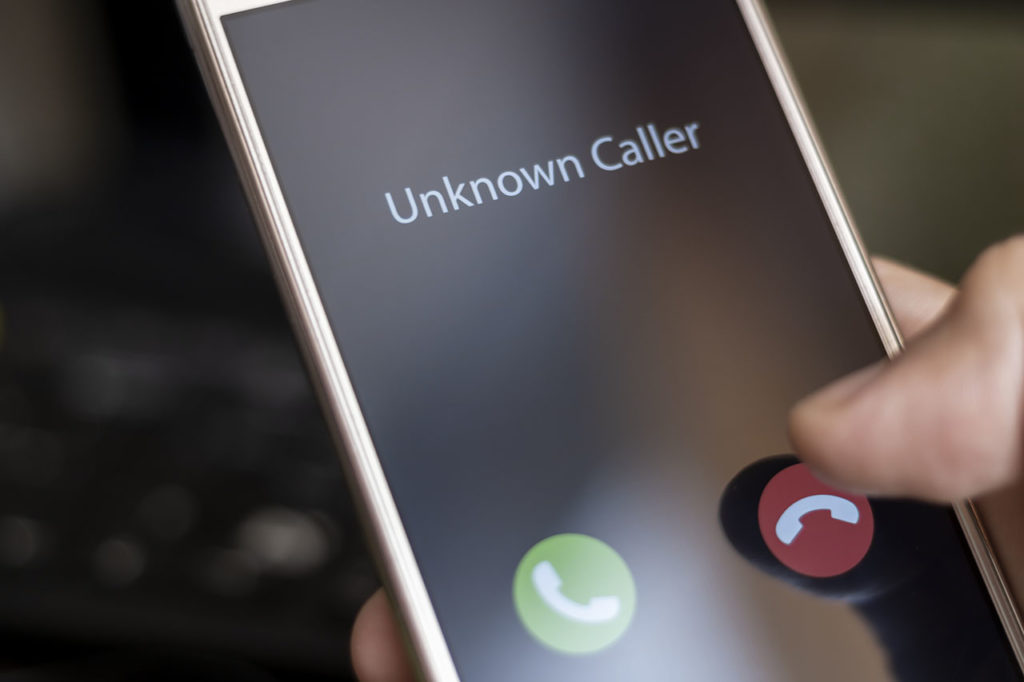Identity theft is constantly evolving. We come up with ways to thwart the bad guys, and they come up with new ways to steal from us. Although there is probably no way to make yourself 100% secure against identity theft, there are several things you can do to make yourself a less attractive target.
The old, familiar methods of stealing personal information are still in use:
- Setting up fake Wi-Fi networks to install malware or capture passwords
- Posing as government employees to collect personal information
- Mining social media profiles for information to personalize scams
- Promoting fake discounts to get credit card information
- Buying stolen bank and credit card account information
Additionally, fraudsters are using these newer techniques including:
- Opening credit-monitoring accounts with Experian, Equifax and other services in victims’ names. When they find an inactive account they have a new card sent to a false address.
- Using Google Maps, Zillow, Redfin and other location and real estate services to identify upscale neighborhoods. The thieves then steal mail containing personal information they can use to set up credit cards in the victims’ names.
- Hacking into cellphones, computers and tablets using malware, spyware and software. The bad guys intercept personal information from devices that connect to public WiFi networks, such as hotel hot spots.
There are several ways to reduce your risk, including these:
- Use complex passwords. Simple passwords are easier for crooks to guess. Use long passwords with a combination of upper and lowercase letters, numbers and symbols. Can’t remember all that? Use a password manager.
- Use unique passwords for each account. If a thief gets the password for one of your accounts (whether by cracking it or through a data breach) they will often try the combination of your email address or user name with that password on other sites. Using unique passwords thwarts them. As with the previous tip, a password manager is an easy way to do this.
- Be cautious about where you share credit card information and other personal data. Only give important information to sites you know and trust. Always look to see that a site is secure (i.e., using https instead of http) because that means that your data will be transmitted securely. But remember that https does not mean that the site is legitimate.
- Reduce the amount of personal information you share online. Bits of data you post on Facebook and other social media sites can be used to discover where you live and may disclose other information you might prefer to keep private. And, answering those Facebook quizzes (“What was the name of your first pet?”) can provide identity thieves with the answers they need to recover your passwords.
- Keep your credit cards, Social Security card and other personal documents in a safe place. Identity theft doesn’t only happen online. Leaving your wallet (with credit cards, driver’s license and other personal documents) where others can find it means you are putting your personal information at risk.



